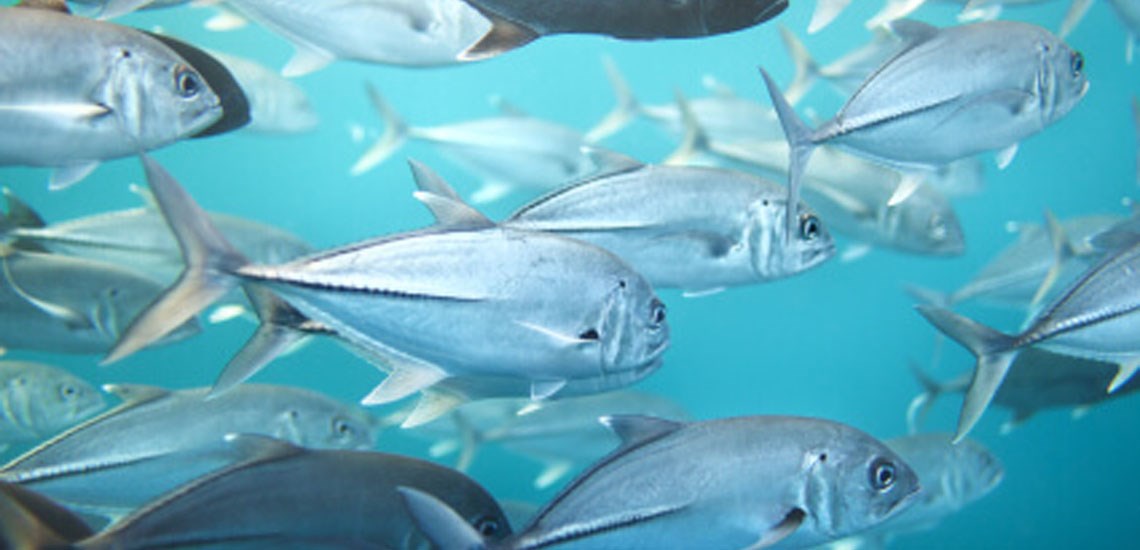How to choose the right fish to avoid mercury exposure

Mercury is a metal found naturally in the environment. Human activities, such as farming, burning coal, and using mercury in manufacturing, increase the mercury cycling through the air, water, and soil. In water, mercury changes its form and becomes methylmercury. Fish absorb this mercury. Long-term exposure to mercury, which almost exclusively comes from eating fish, wears down cells and can contribute to chronic health conditions such as heart disease.
-
Choose your canned fish wisely: Albacore ("white") tuna typically has more mercury than canned light tuna. Troll-caught tuna, like the kind you find in a can from Wild Planet, will have more consistently low mercury levels because the fishing method tends to have smaller catch than long-line fishing. An even safer bet: Canned sardines.
-
Don't eat predators. Shark, swordfish, king mackerel, or tilefish are all near the top of the food chain. They also contain some of the highest levels of mercury of fish we eat.
-
Eat anchovies. These short-lived fish are all but devoid of mercury. They also happen to be one of the most omega- and calcium-rich species on the planet
-
Choose smaller fish. Avoid the temptation to pick the biggest fish at the market — smaller is likely younger, had less time to accumulate mercury, and is healthier.
-
While pregnant and nursing women should avoid high-mercury fish, they should not stop eating seafood. That’s because fish and shellfish contains nutrients that are important for a baby’s growth. Plus, the omega-3 fatty acids in many fish can actually promote the baby’s brain development.